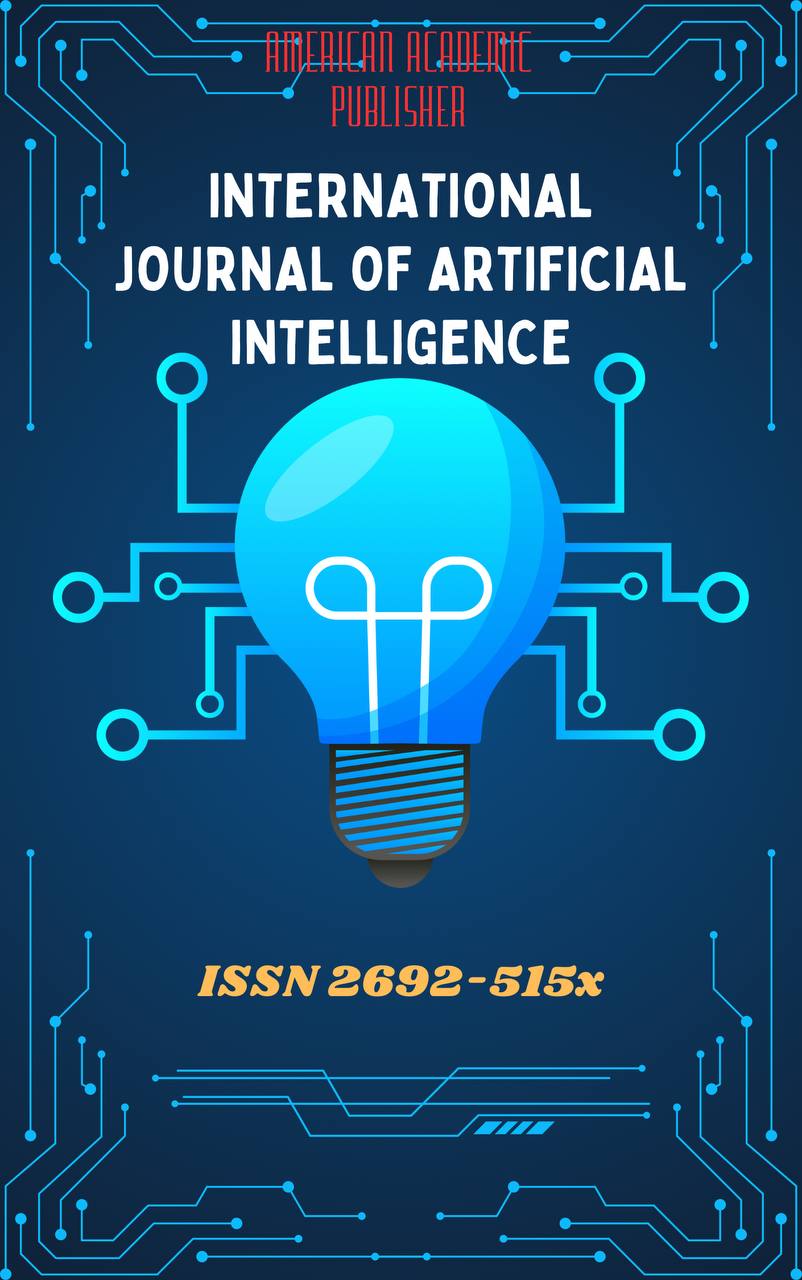 Articles
| Open Access |
Articles
| Open Access | COMPARATIVE STUDY OF FLIPPED LEARNING AND TRADITIONAL INSTRUCTIONAL METHODS IN EDUCATION
Ashurova Zulfiya , Creative School named after Hamid Olimjon and ZulfiyaAbstract
The emergence of flipped learning has challenged traditional instructional methods, leading to a shift in how education is delivered. Flipped learning promotes a student-centered approach, where students engage with learning materials before class, and classroom time is used for active learning, problem-solving, and discussion. On the other hand, traditional instruction follows a teacher-centered approach, where students acquire knowledge during class and practice it afterward. This paper presents a comparative analysis of flipped learning and traditional instructional methods by examining their pedagogical effectiveness, student engagement, learning outcomes, and technological integration. The study evaluates the advantages, limitations, and implications of both approaches in modern education.
Keywords
flipped learning, traditional instruction, active learning, blended learning, student engagement, teaching strategies, educational technology.
References
Bergmann, J., & Sams, A. (2012). Flip Your Classroom: Reach Every Student in Every Class Every Day. ISTE Press.
Bishop, J. L., & Verleger, M. A. (2013). The Flipped Classroom: A Survey of the Research. ASEE National Conference Proceedings.
Kim, M. K., Kim, S. M., Khera, O., & Getman, J. (2014). The experience of flipped classrooms in higher education. Internet and Higher Education, 22, 18-27.
Strayer, J. F. (2012). How learning in an inverted classroom influences cooperation, innovation, and task orientation. Learning Environments Research, 15(2), 171-193.
Article Statistics
Downloads
Copyright License

This work is licensed under a Creative Commons Attribution 4.0 International License.

